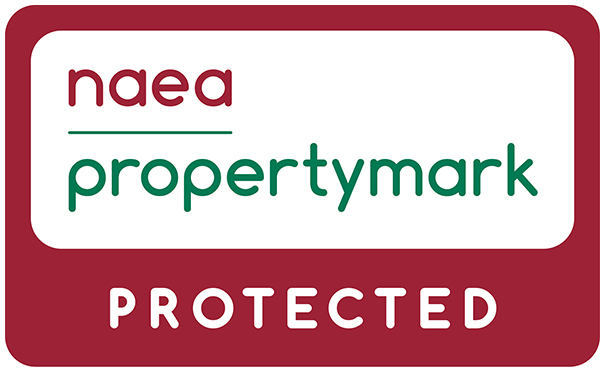What is Stamp Duty?
Stamp Duty is a tax paid when purchasing land or a freehold or leasehold property that exceeds a specific value. The tax amount depends on the asset’s price, its intended use, and whether you already own property. First-time buyers, for example, currently benefit from a Stamp Duty exemption on their first property purchase up to £425,000.
Why was Stamp Duty introduced?
Stamp Duty originated in England in 1694 as a transaction tax to fund the war against France. It applied to documents required for land, property sales, and other legal transactions. Without this “stamp,” documents were not legally valid, ensuring Stamp Duty was collected. The tax revenue helped fund goods during the war, like newspapers, clothes, hats, and medicines. Initially planned for just four years, Stamp Duty has persisted in English society to this day.
Stamp Duty Through the Ages
- 1765: Stamp Duty spread to the British-American colonies, sparking discontent that led to the American War of Independence.
- 1808: Initially a flat rate, Stamp Duty became a percentage of the property, land, or shares’ value.
- 1950: Properties over £30,000 incurred only a 1% Stamp Duty.
- 1991: Amid a recession, the threshold rose to stimulate the property market.
- 1992-1997: Rates adjusted to meet inflation, with Chancellor Gordon Brown later introducing multiple tax bands in 1997 to reflect rising property prices.
- 2014-2020: The 2000s saw progressive charges and exemptions, including the pandemic-induced Stamp Duty holiday up to £500,000 to boost the market.
Stamp Duty Today
Presently, Stamp Duty rates vary by property value. Properties up to £250,000 are exempt from Stamp Duty, and first-time buyers can buy properties up to £425,000 tax-free. Properties between £250,001 and £925,000 incur a 5% charge, properties between £925,001 and £1,500,000 a 10% charge, and properties above £1,500,001 a 12% rate.
The Future of Stamp Duty
With over 329 years in place, Stamp Duty remains a steadfast part of property transactions. The July 2024 election has brought potential changes, notably to first-time buyer relief, which is set to reduce from £425,000 to £300,000 in April 2025. Additionally, the new Labour government proposes a 1% surcharge increase for non-UK residents, raising their Stamp Duty to an extra 3% for residential purchases.
Ready to explore your property options in Rugeley? Reach out to C Residential for more information!
 01889 583377
01889 583377 EMAIL US
EMAIL US JOIN OUR MAILING LIST
JOIN OUR MAILING LIST 01889 583377
01889 583377




